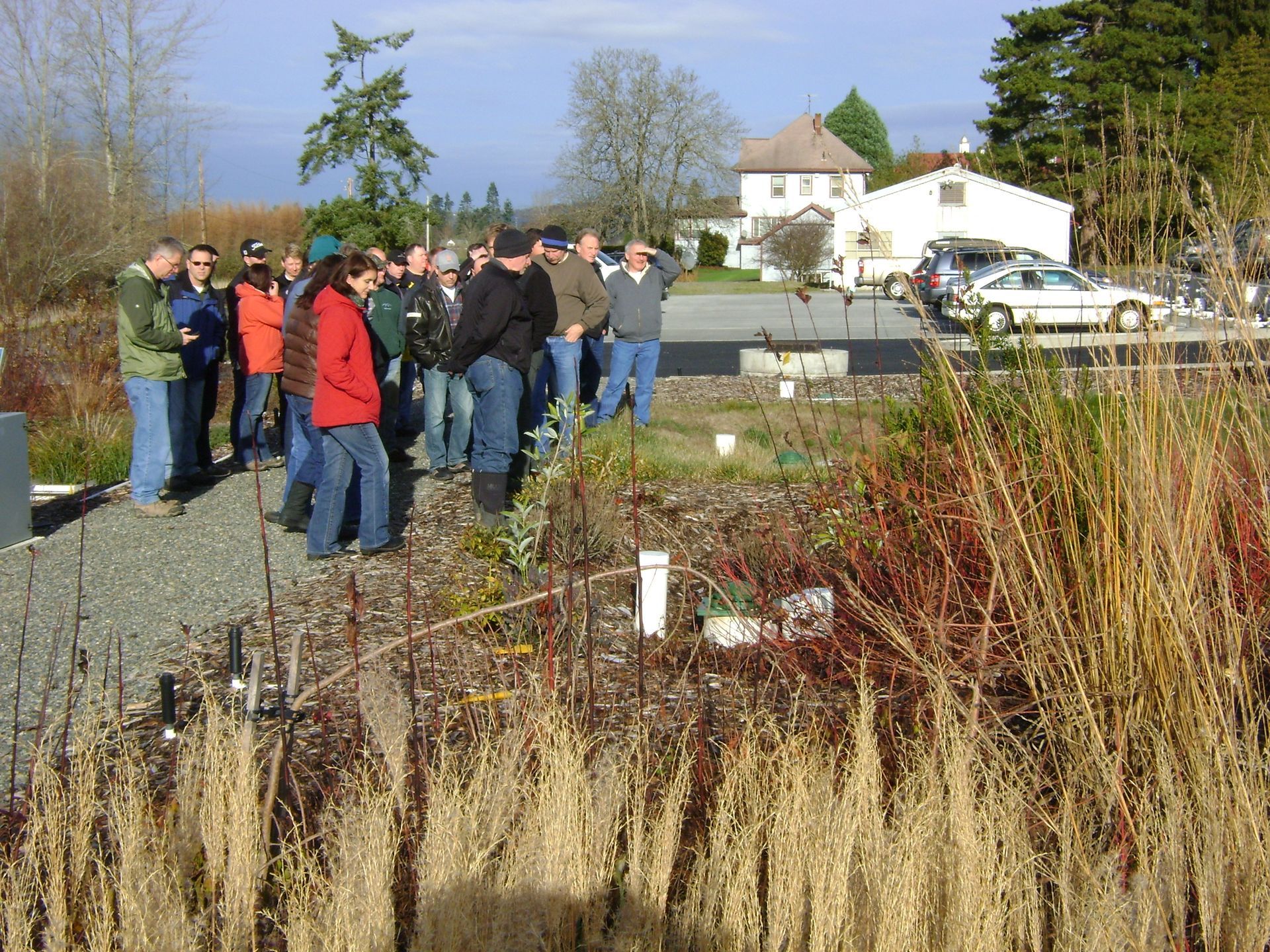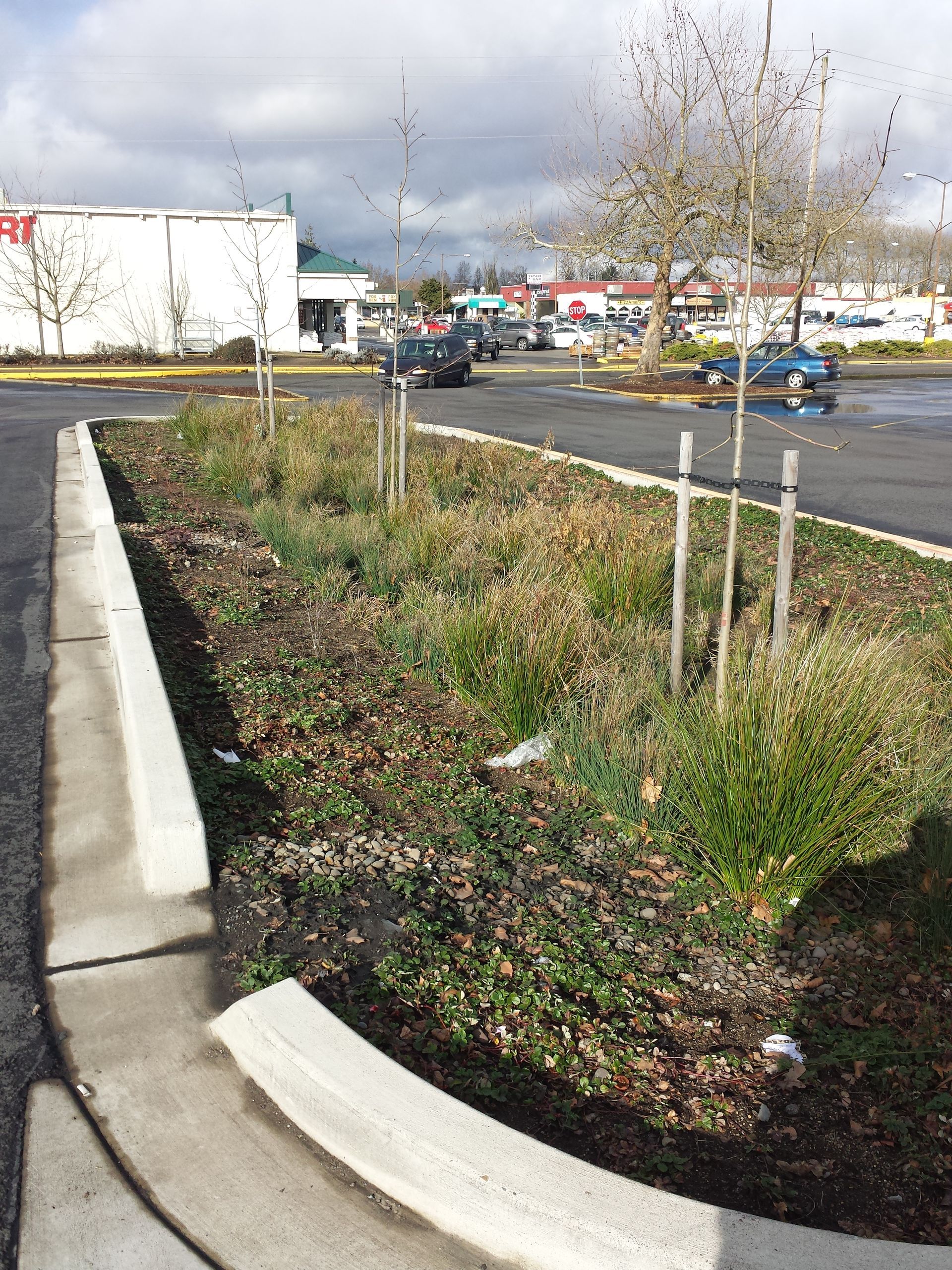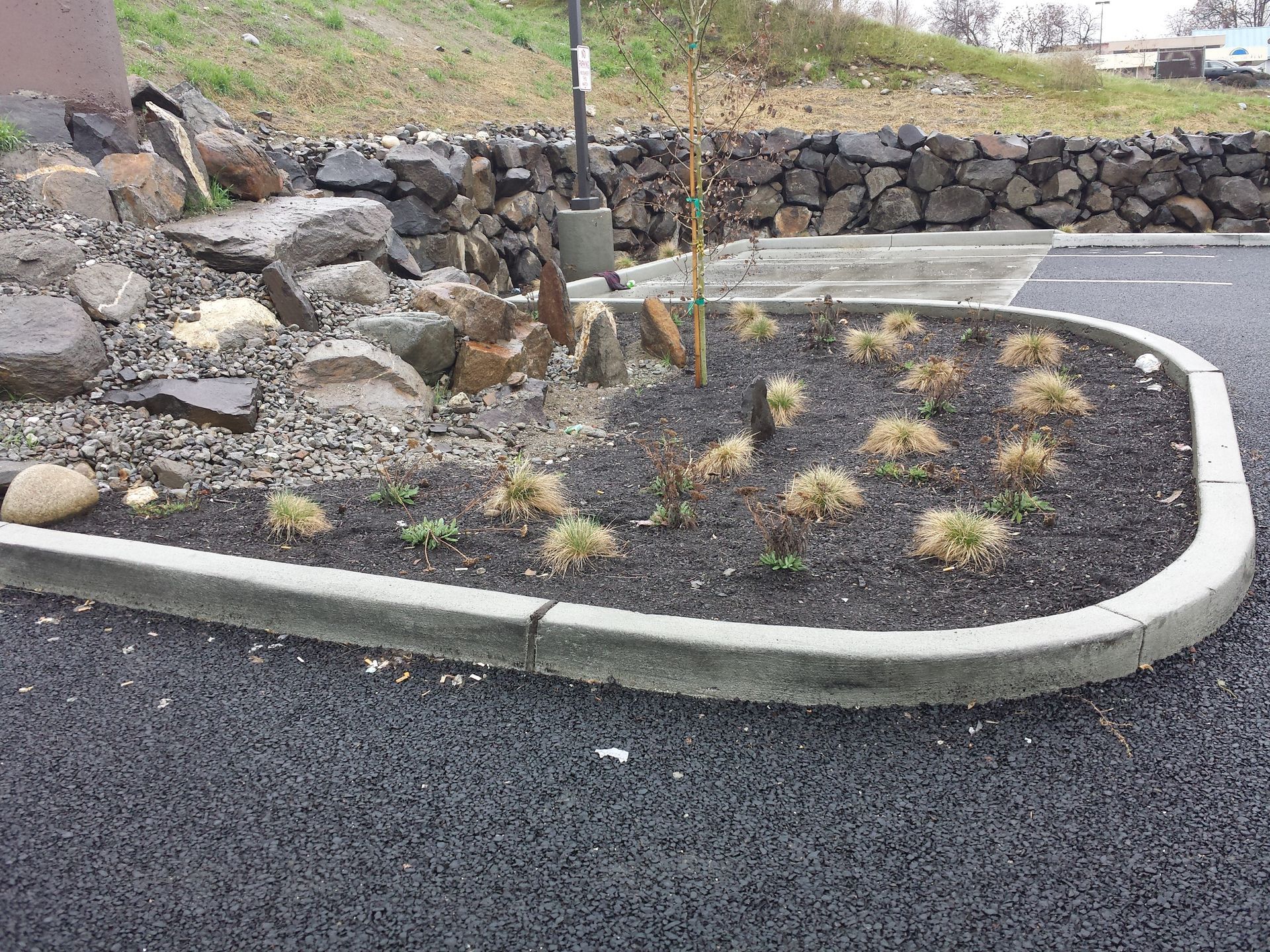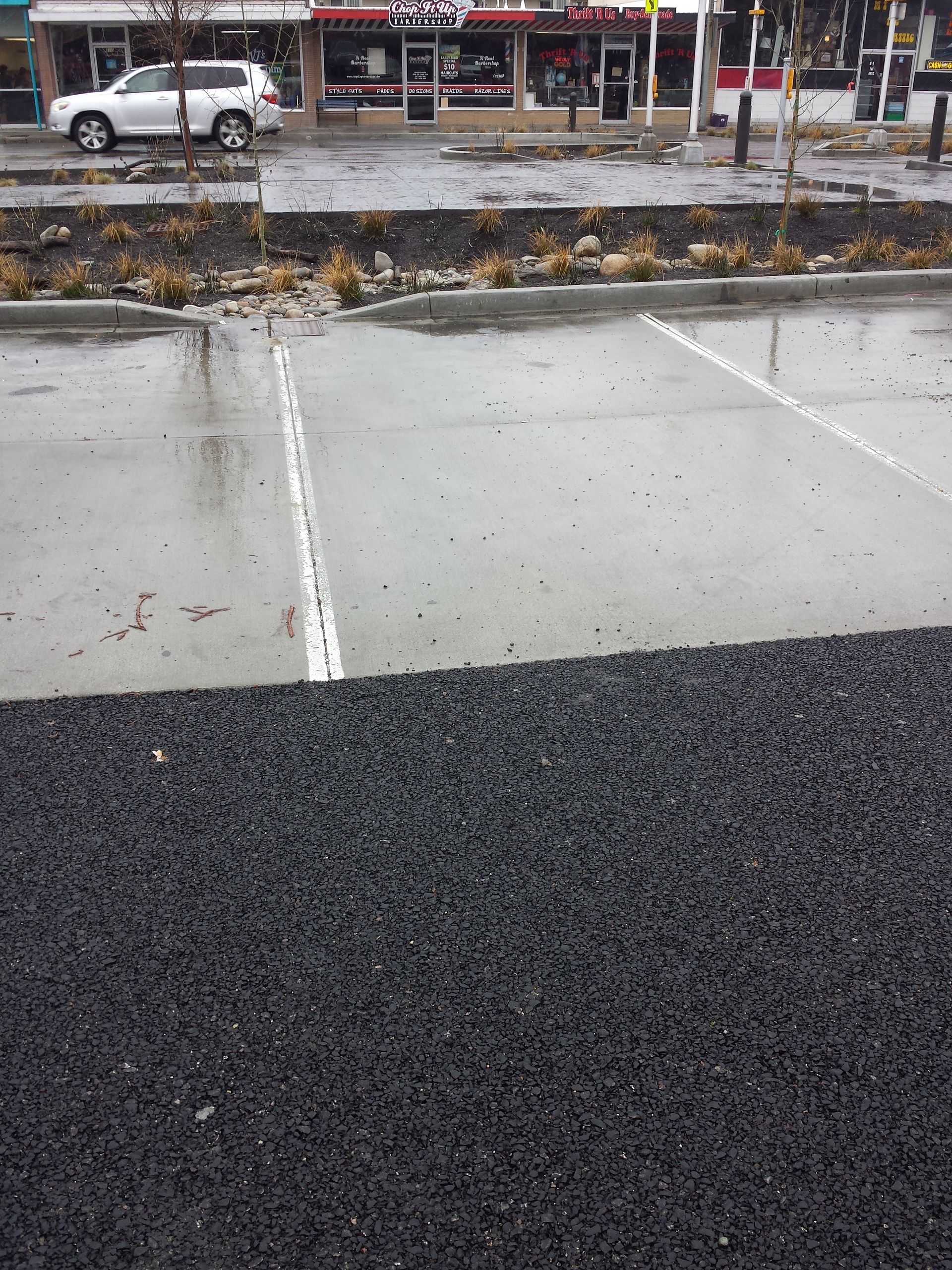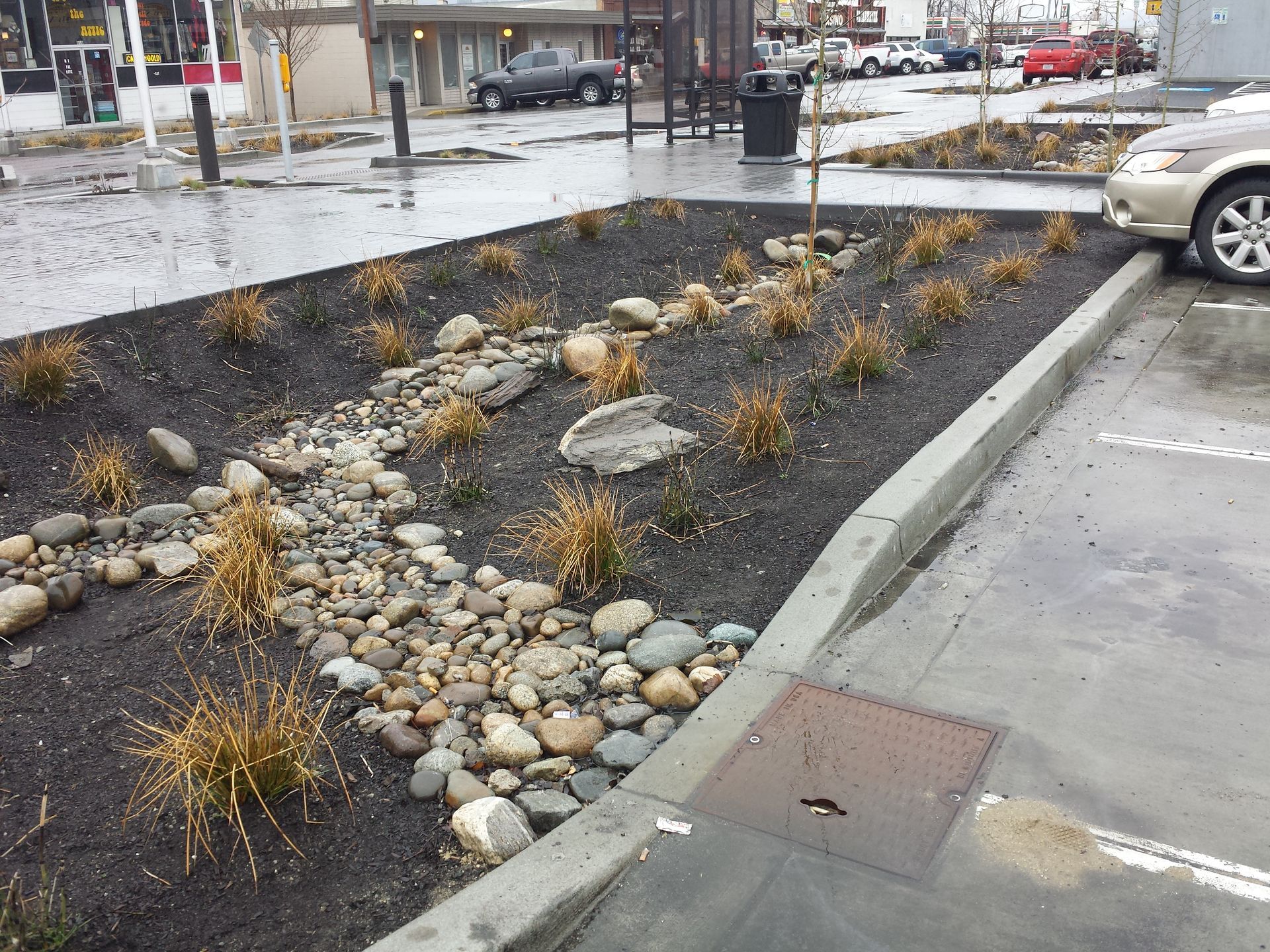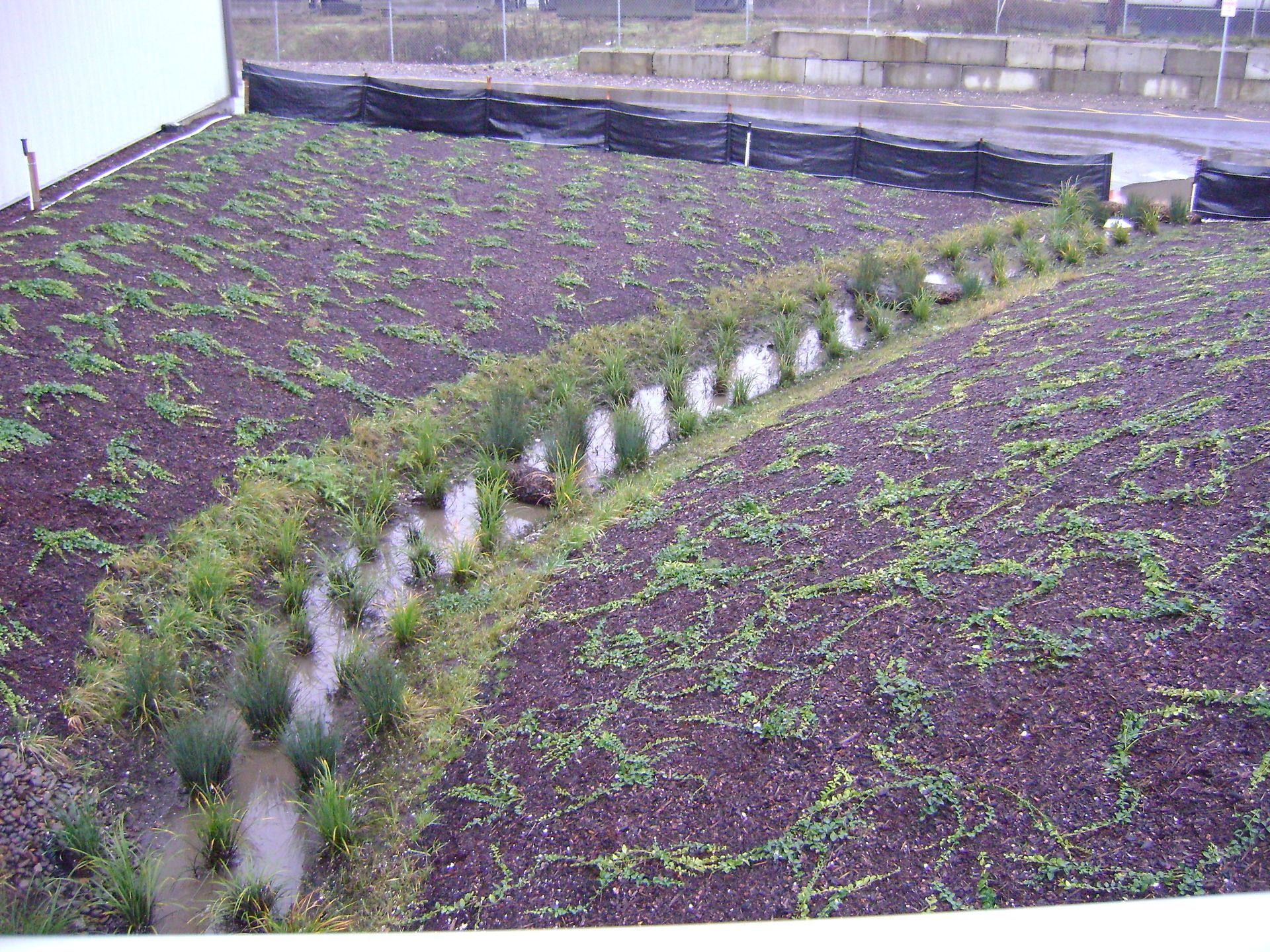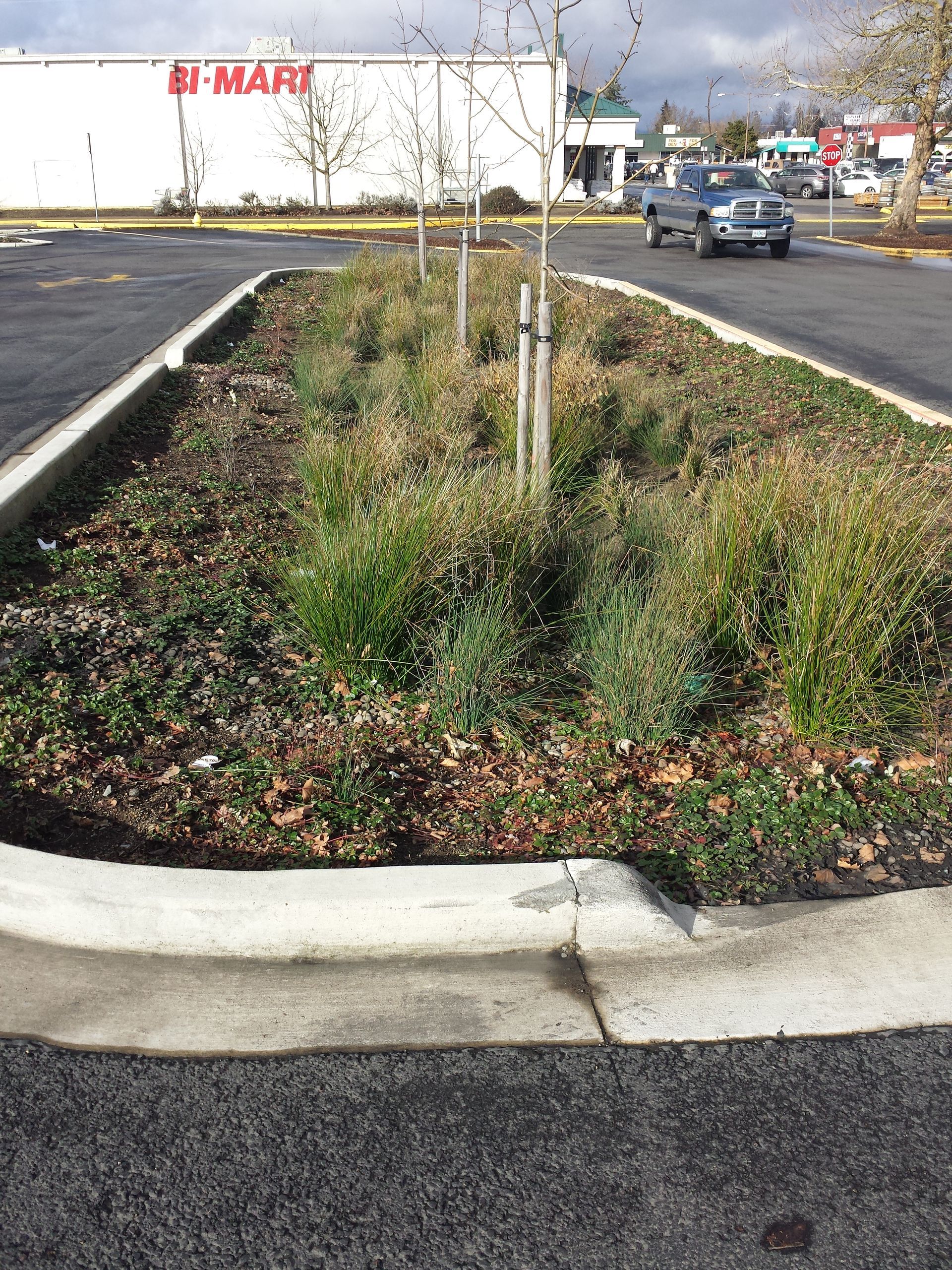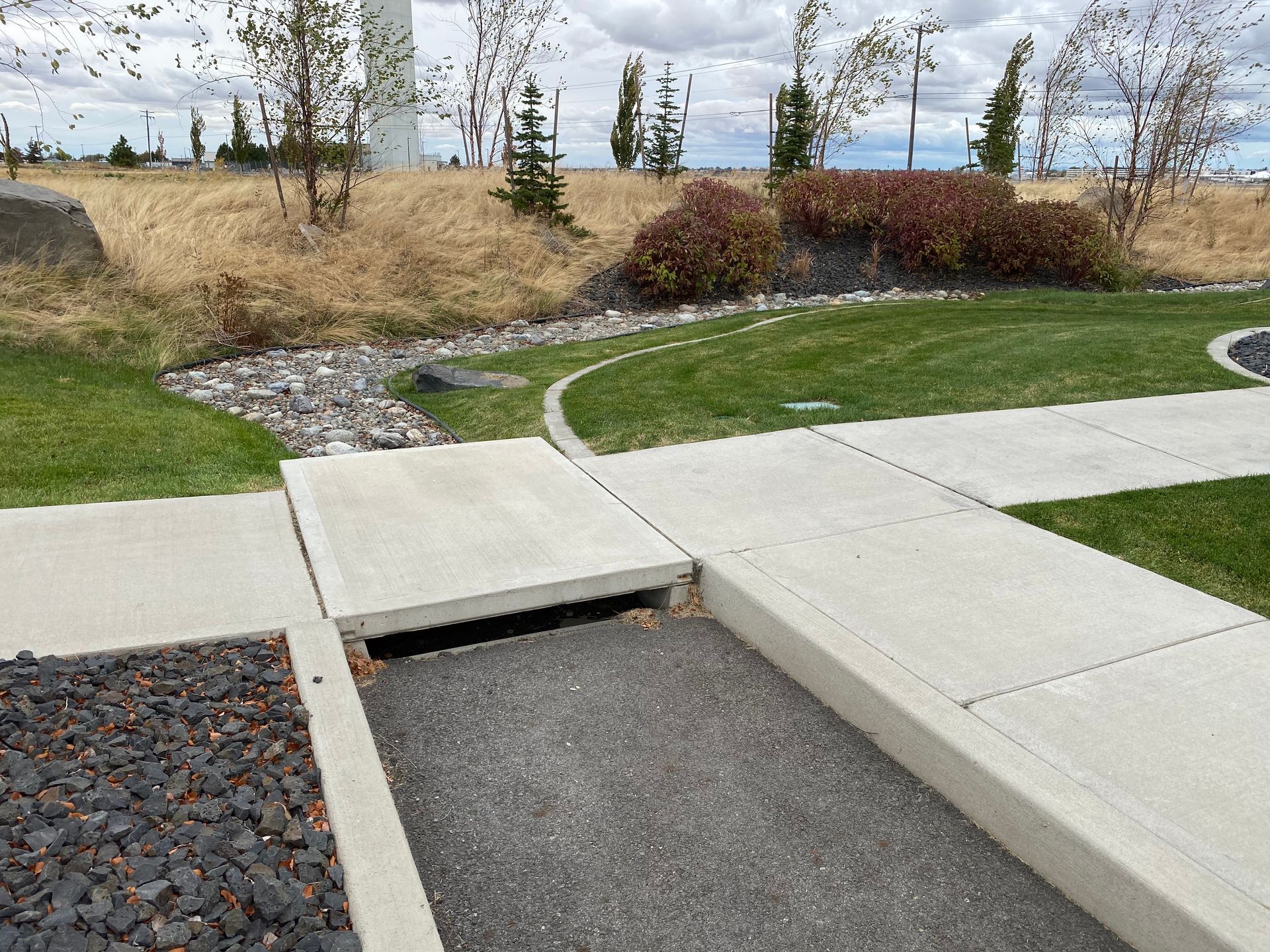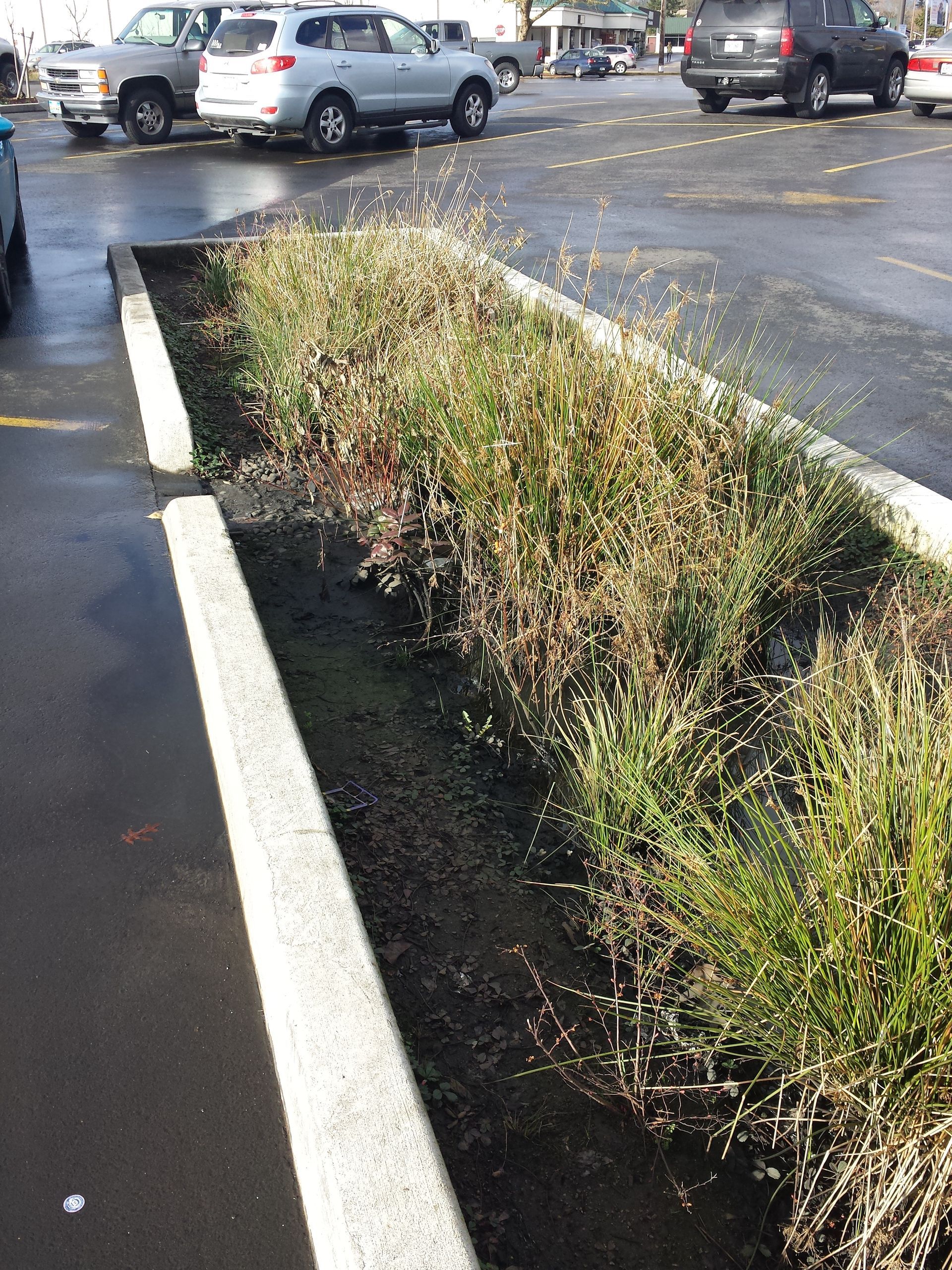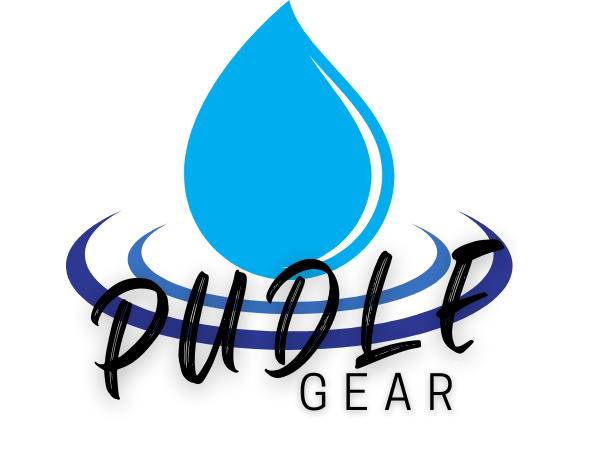Low Impact Development (LID)
A Little Word That Means BIG Things!
What is Low Impact Development (LID)?
Low Impact Development (LID) is a smart land planning and engineering approach that mimics nature to manage stormwater runoff at its source.
Instead of treating stormwater as a waste problem, LID sees it as a resource — protecting water quality, recharging groundwater, and enhancing communities.
"Good design doesn’t fight nature — it works with it!" Sergeant Stormwater
Key Principles of LID
Mimics Natural Processes
- Encourages infiltration, evapotranspiration, and natural storage of stormwater.
Protects Water Quality
- Filters stormwater through soil and plants, keeping pollutants out of streams, rivers, and oceans.
Reduces Flood Risks
- Slows and spreads runoff to prevent flooding and erosion.
Cost-Effective and Sustainable
- Often cheaper to install and maintain than traditional stormwater infrastructure.
- Reduces long-term costs tied to flooding and water treatment.
Flexible and Adaptable
- Can be customized for urban, suburban, or rural sites — large or small.
Benefits Communities
- Improves aesthetics, boosts property values, and creates greener, healthier spaces.
Common LID Practices
Bioretention Facilities
Specialized gardens that capture and treat stormwater using engineered soils and plants.
Rain Gardens
Shallow planted areas that collect runoff and filter pollution naturally.
Permeable Pavements
Pavements designed to let water soak through, reducing runoff.
Vegetated (Green) Rooftops
Roofs planted with vegetation to absorb rainwater and cool buildings.
Rainwater Harvesting Systems
Barrels, tanks, or cisterns that capture rainwater for future use, like irrigation.

Why LID Matters
Cleaner water for drinking, swimming, and fishing.
Less flooding during storms.
Healthier ecosystems for fish and wildlife.
Stronger, more beautiful communities.
A smarter, more sustainable future.
"When we design with water in mind, we protect Watershed City for generations to come!"
— Sergeant Stormwater
Sergeant Stormwater's Final Thoughts
Low Impact Development (LID) isn't just an environmental trend — it's the future of smart, resilient communities.
As a Stormwater Defender, YOU can be part of the solution by supporting, designing, and building with LID principles wherever you live and work!
Protect Every Drop — Be a Stormwater Defender!



